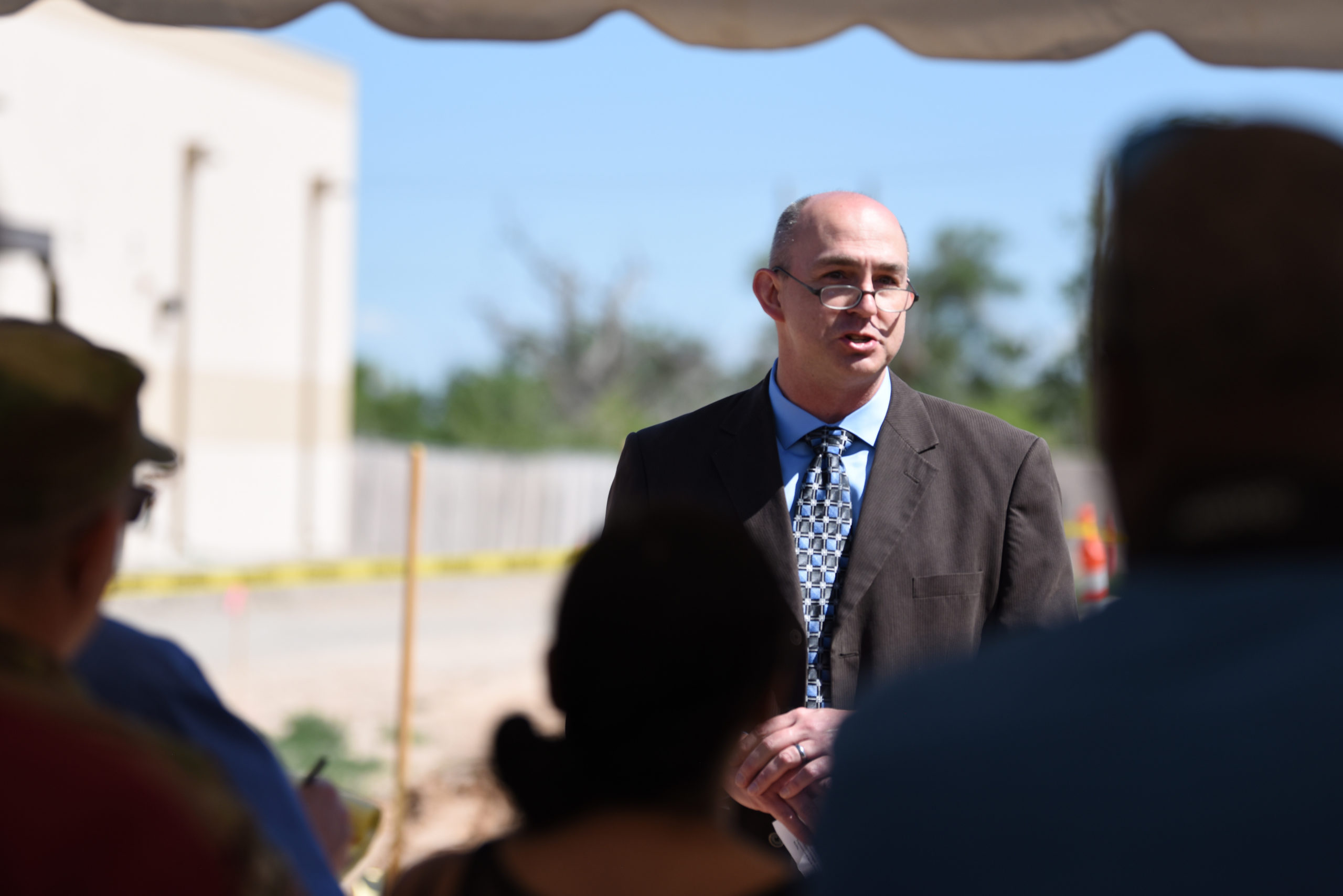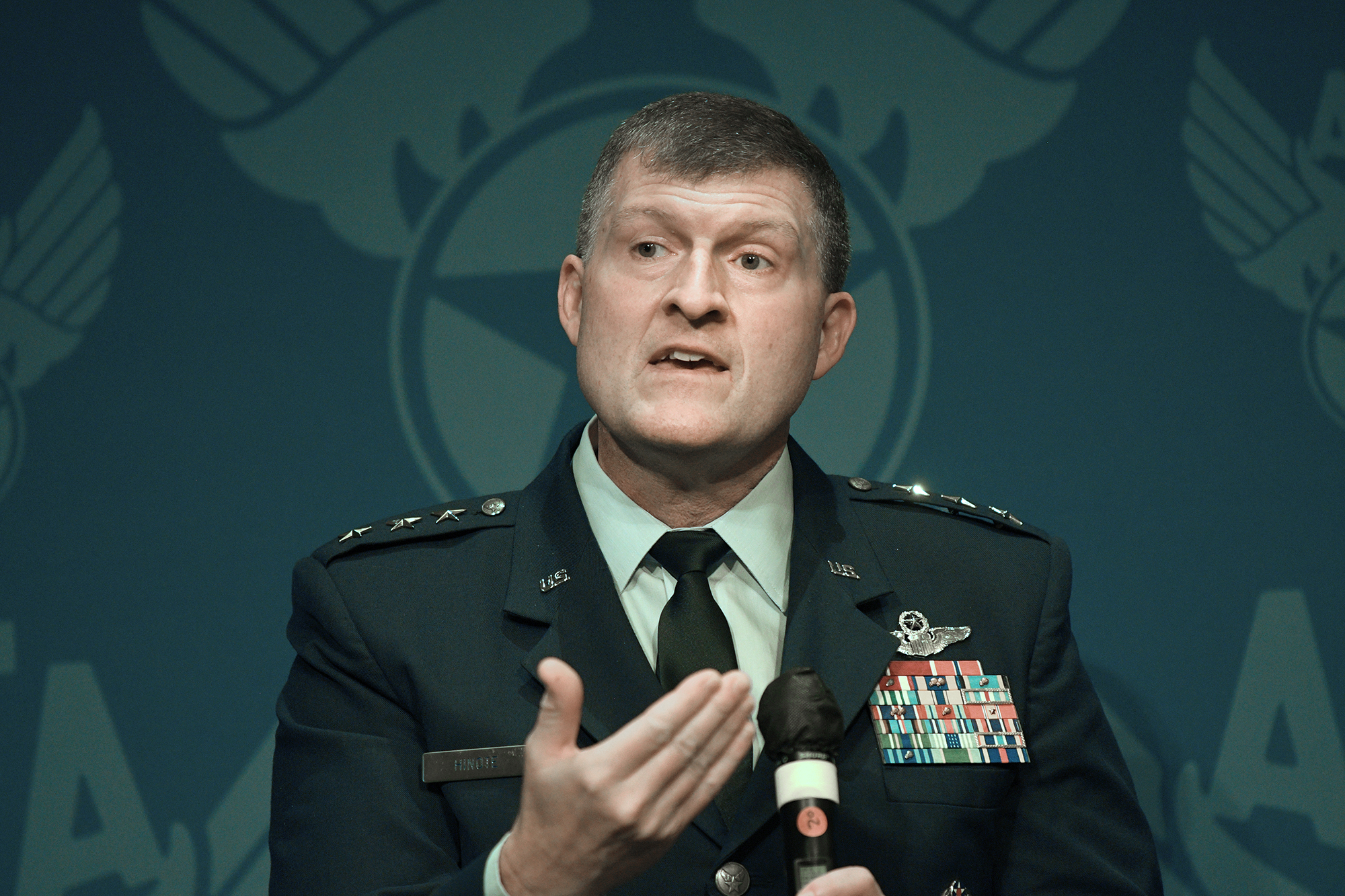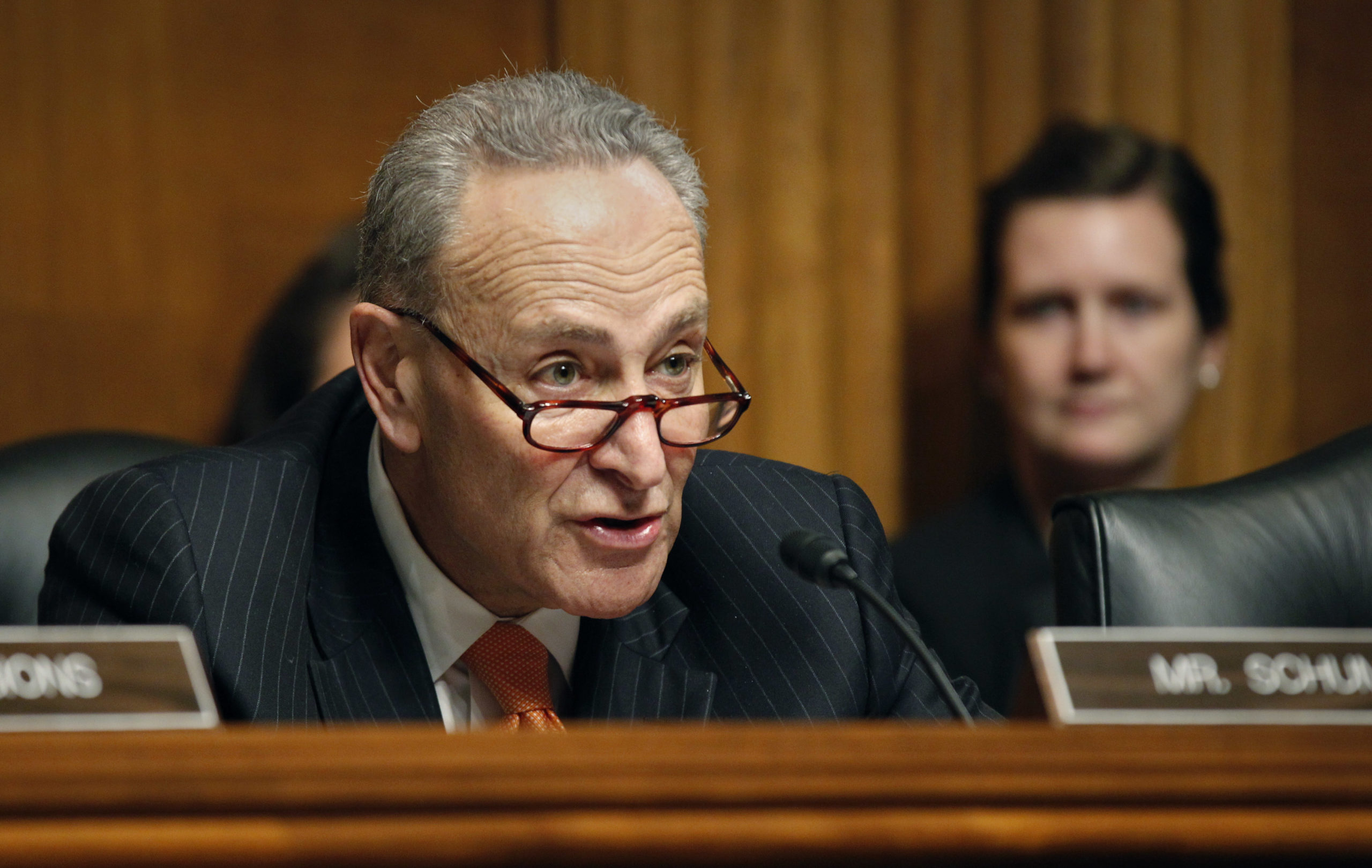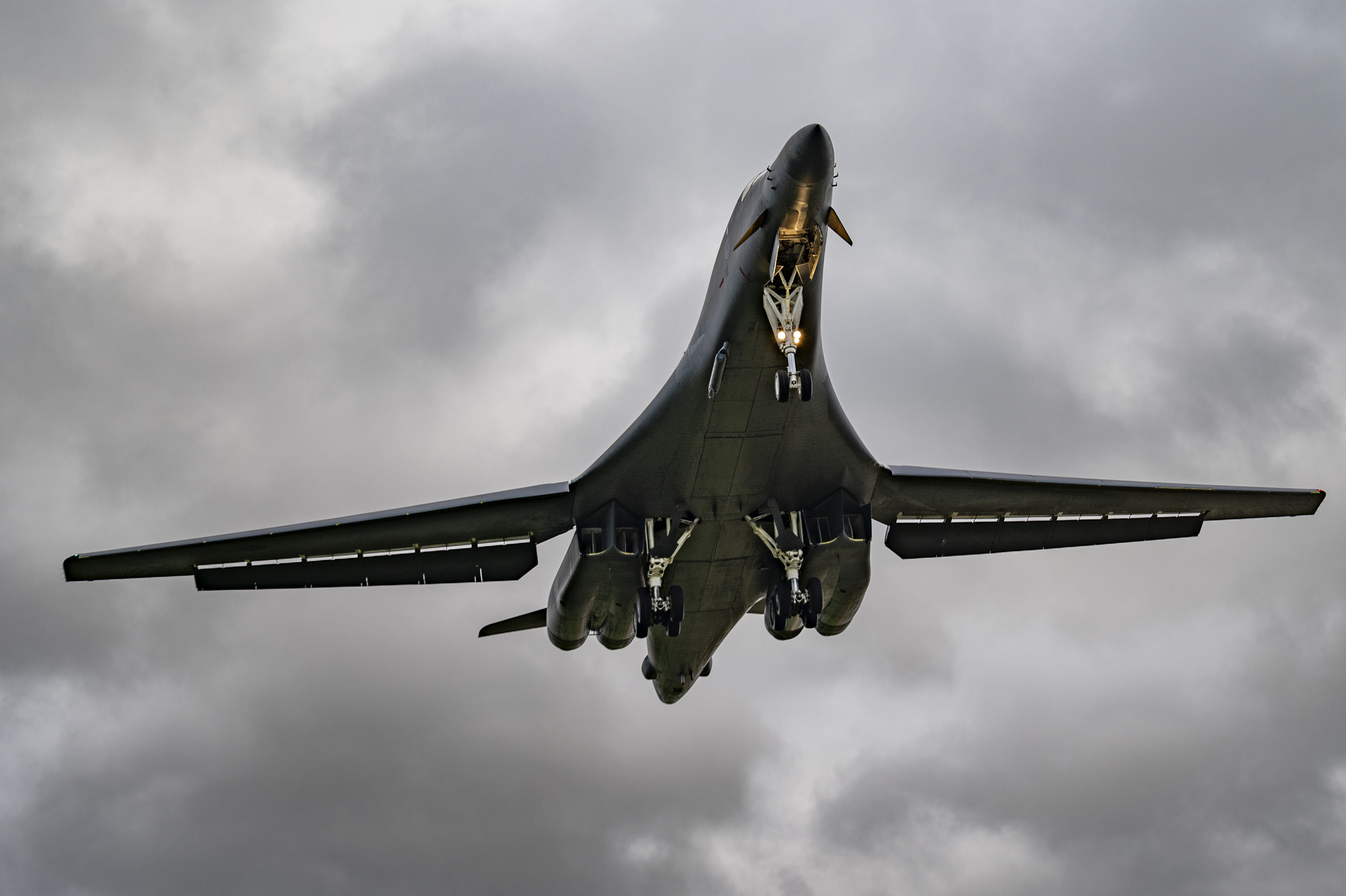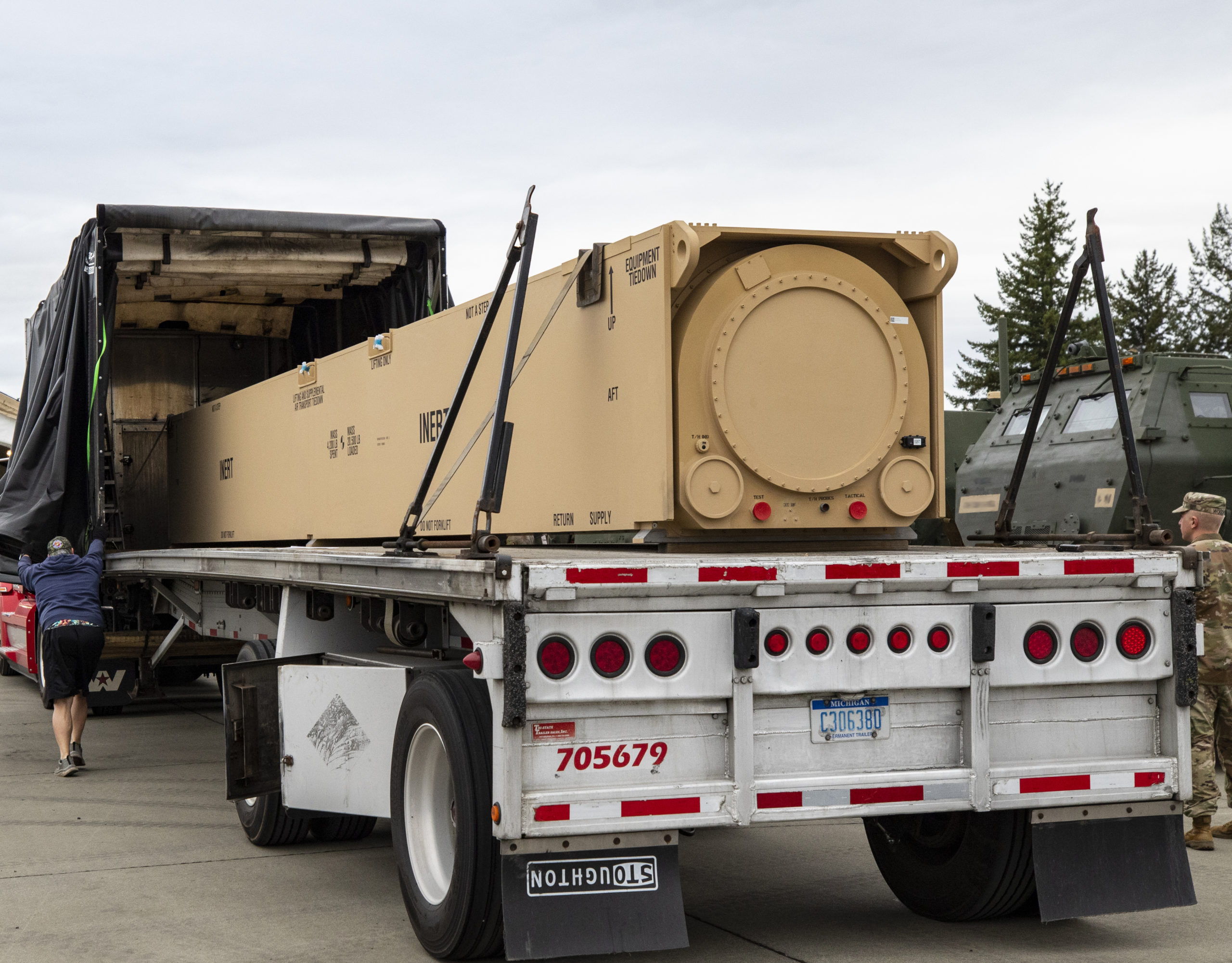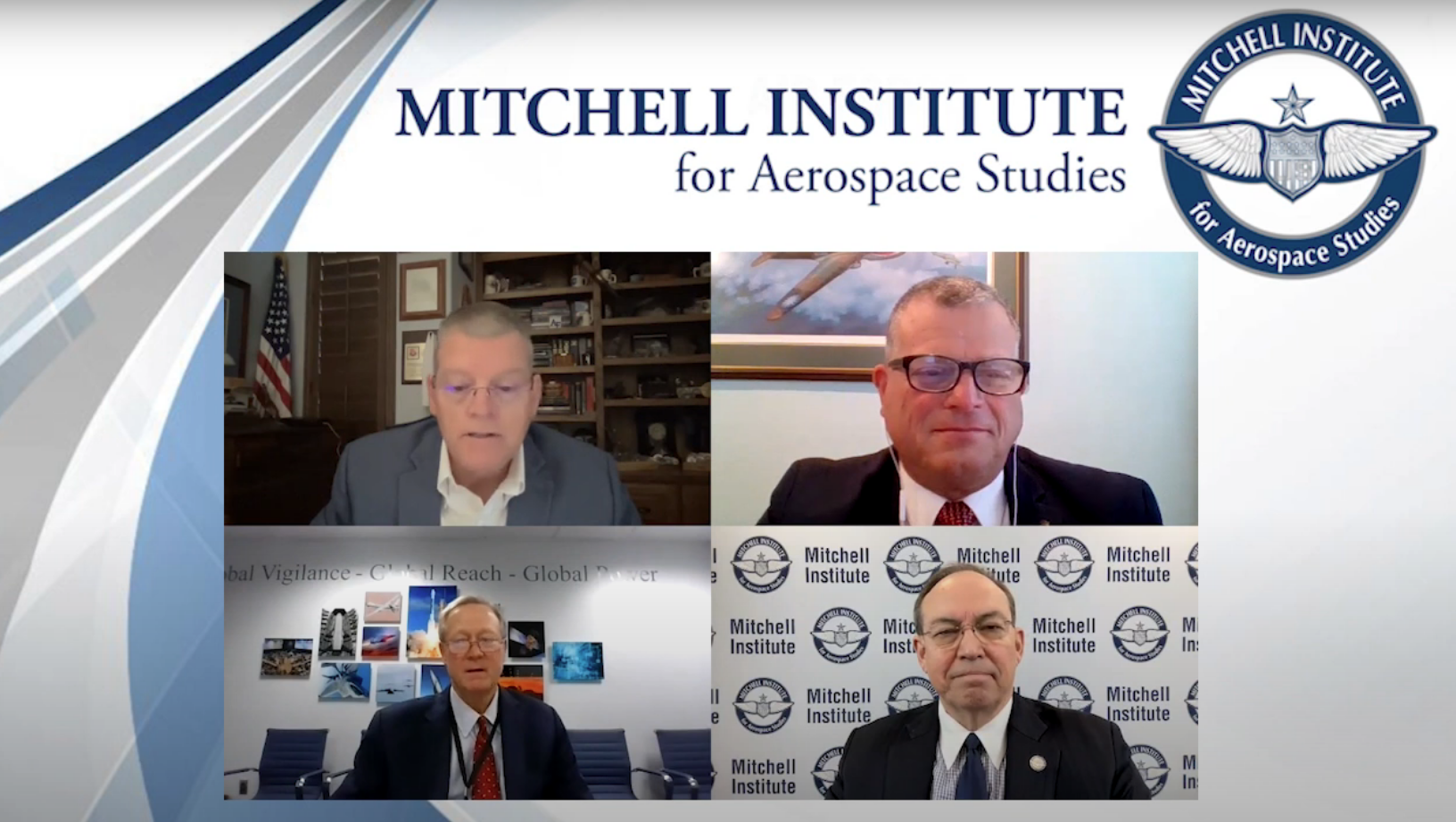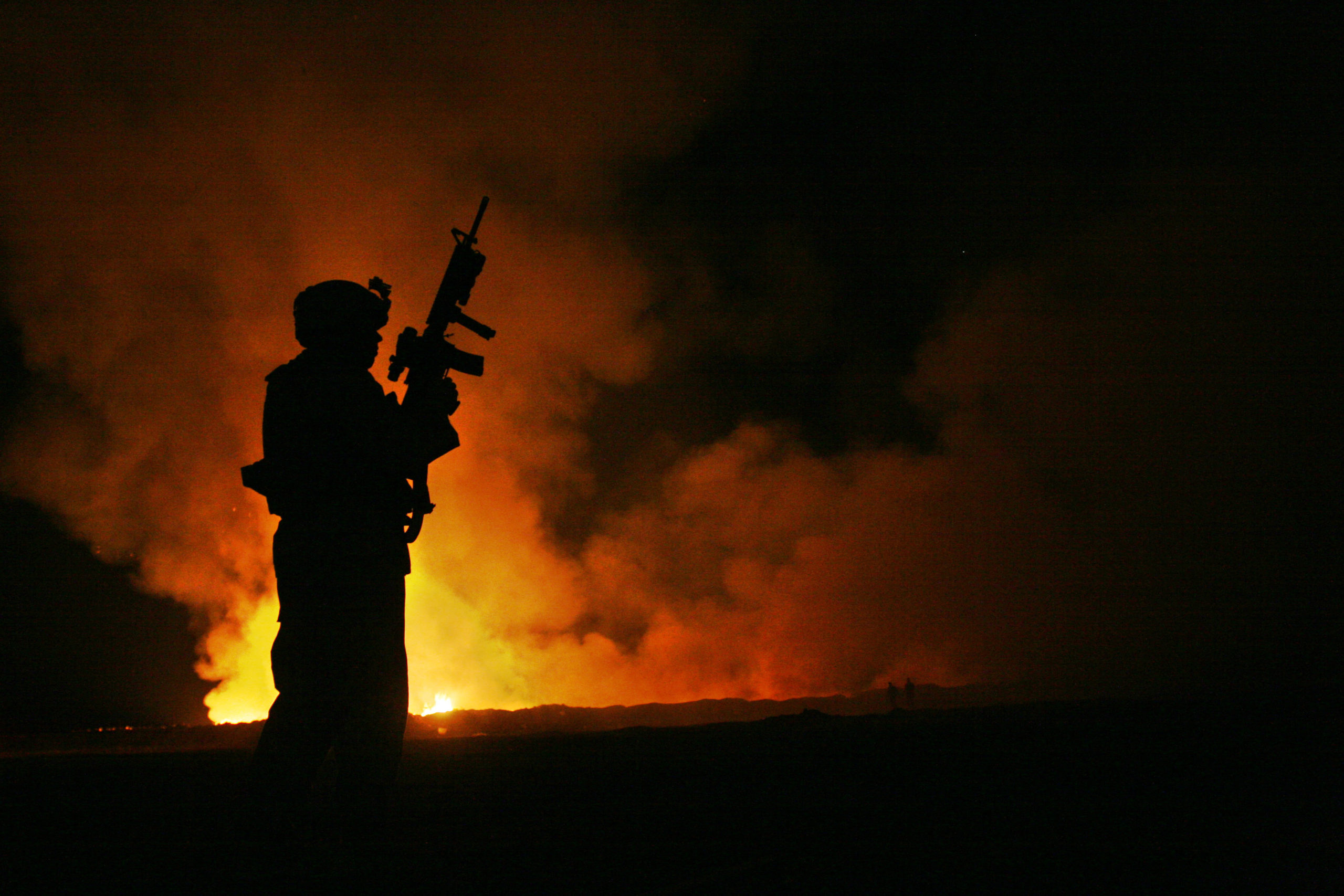The Russian test of an anti-satellite weapon this week highlighted the vulnerability of orbital assets on which the U.S. military increasingly relies, and it dramatically demonstrated why a new U.S. Space Force research and development program is focused on defensive technologies, according to experts and military officials.
The test, which created hundreds of thousands of pieces of space debris, reduced a derelict Russian spy satellite to a cloud of orbital debris—showcasing the kind of weaponry the Space Force will have to counter if it is to provide critical communication, surveillance, and other capabilities to U.S. forces on the ground in an all-out shooting war with a peer competitor like Russia or China, explained Brian Engberg, director of the Space Control Technology Branch of the Air Force Research Laboratory.
“Our current priorities are on establishing defensive measures and resilience for our satellite platforms,” Engberg told Air Force Magazine. The idea, he said, is that, even in the teeth of an attack using weapons like the one Russia tested Nov. 15, Space Force orbital assets should continue to “provide critical space-based services like communications, navigation [and] timing, operational awareness, information dominance, which then enable strong offensive and defensive advantages for [our terrestrial forces] on land, sea, and [in the] air.”
A Tough Ask
That’s a tough ask, said Brian Weeden, director of program planning for the Secure World Foundation, who has spent two decades studying the issue. The Russian weapon, a vehicle-launched ballistic missile called Nudol, is a direct ascent anti-satellite weapon or DA-ASAT, Weeden explained.
The missile acts like a rocket, powering a kinetic kill vehicle, or KKV, into a collision path with the target satellite. The KKV doesn’t need a warhead, just a guidance system to make last minute course corrections to steer it into the target, Weeden said. Kinetic energy does the rest. “At the speed the KKV is traveling and the satellite is also, in low Earth orbit, probably already moving at six or seven kilometers per second … It’s just boom,” he said.
Weeden also pointed out that explosions in space lack the destructive power of their counterparts on the ground. “No atmosphere means no blast wave, no concussion effects,” he noted.
Nonetheless, the DA-ASAT is a very effective weapon, he said. “From launch to impact, you may have as little as five or 10 minutes” before the KKV impacts the target. When the launch occurs, the target satellite may still be beyond the horizon, meaning it wouldn’t see the telltale flare.
“So I think it’s very, very difficult to counter that,” he said, adding that an architecture based on hundreds of satellites would be less vulnerable than one based on two or three.
The effectiveness of DA-ASAT probably explains why the U.S., China, and India have also successfully tested such weapons, Weeden added.
Understanding the brief window of time satellite assets will have to respond to threats is powering a major focus of AFRL’s research, said Engberg, referring to satellite autonomy.
“We’re not on a path to Skynet,” he joked. The aim of the research is to show how satellites can use artificial intelligence and machine learning “to be able to detect and make a decision about protecting its own capability, when you cannot wait for a human on the ground to receive data, make a decision, and send up a command to avoid a potential threat.”
Autonomy is especially important when dealing with directed energy weapons, which travel at the speed of light, Engberg said. “We anticipate there will be scenarios and threats for which a human in the loop commanding a satellite or a system of satellites from the ground will not be fast enough to defeat certain threats, especially speed-of-light threats.”
In addition to autonomy, the other two foci of R&D in the Space Control Technology Branch are cybersecurity of space systems and space situational awareness in the vast empty spaces between Earth orbit and the Moon, Engberg said.
A Changing Strategic Calculus
The strategic calculus embedded in the Space Force’s R&D focus on defensive capabilities is that deterrence by denial (i.e. hardening U.S. space systems) is a more productive strategy than deterrence by destruction, said Weeden. Especially given that the U.S. military relied much more heavily on space than potential adversaries. “The calculation has always been that deterrence by threatening reprisal doesn’t work as well if your adversary doesn’t rely on space as much as you do,” Weeden explained.
Over time, that strategic calculus might shift, Weeden said, especially with regard to Beijing.
“China is investing a lot of money in developing its own constellation of GPS satellites. They’re developing their own satellites for reconnaissance and intelligence collection; they’re building a space station; they’re developing their own satellites for communications. They’re investing a lot of money in developing space, so I think it is true that over time, China is going to become more of a stakeholder in space.”
But he cautioned that currently, the traditional security calculus still holds true. “At the moment, when it comes to national security benefits from space, the U.S. still relies a lot more on it than China does,” Weeden noted. “Particularly for something like a Taiwan Straits or a South China Sea crisis, where we would be ‘playing away’” and more reliant on globe-spanning communication.
China, which has astronauts building a space station in a similar orbit to the ISS, has not reacted to the Russian test or published what safety measures its astronauts may have taken as they construct the Tianhe module of the space station. The China Manned Space Agency said Oct 15 that it was publishing orbital data for Tianhe and hoped “relevant agencies and organizations of other countries will pay attention to these data and avoid collisions,” according to state media.
The Russian test and its impact on the ISS also demonstrates the growing danger that a war in space might create, Engberg added.
The Kessler Syndrome and the End of Orbit
As thousands of satellites are launched into LEO constellations such as Starlink and OneWeb, the risk grows that any single collision could spark a chain reaction, as debris collides with additional satellites, in turn creating more debris. Such a cascade could end by destroying everything in orbit, a phenomenon known as Kessler Syndrome.
An early public indication Nov. 15 that something was amiss in orbit was when NASA ordered astronauts in the International Space Station to take shelter in the crew capsules that would return them to Earth in an emergency. The concern was, Weeden said, that the debris field from the Russian satellite, in orbit a mere 40 or 50 kilometers above the ISS, might impact the space station.
“The debris field spreads above and below the destruction point. We don’t know how high yet, because that data is still being collected and analyzed,” he said.
Kessler Syndrome is, in some ways, like climate change was in the last century, he said. “It’s a poorly understood risk, but it’s getting worse,” he said. “All we know is, there’s some unknown probability that one of these pieces might hit something else over the next years to several decades. And space is big. So the probability is pretty low. But you do this frequently enough, and the probabilities catch up to you, eventually.”
For exactly that reason, Weeden said, strategists tended to favor attacks on orbital assets that were non-kinetic, and if possible temporary and reversible.
“The high risk of collateral damage from offensive space weapons means no one will really benefit from escalating a [kinetic] conflict into the space domain,” added Engberg.
Despite its rather bland name, the Space Control Technology Branch that he heads is the center of AFRL’s efforts to develop new space warfighting technologies. Earlier this year, AFRL Commander Maj. Gen. Heather L. Pringle cut the ribbon on a newly opened 26,000-square-foot, $12.8 million Space Warfighting Operations Research and Development, or SWORD, laboratory. The building now houses the branch’s few dozen scientists, engineers, and support staff, part of the Space Vehicles Directorate at Kirtland Air Force Base, N.M.
But Engberg insists, “AFRL is not investing in offensive space capabilities … Our goal is to provide a safe flight environment [in orbit] through [domain] awareness and reliable services [to warfighters] through agility and survivability, … but [to] be prepared for irresponsible behavior,” he said.
Weeden pointed out that informed observers believed the U.S. had undeclared offensive kinetic capabilities in space and continued to research technologies that could be used for non-kinetic attacks.
“Many of us assume that existing U.S. missile defense interceptors … could be used to target satellites with basically just a software change. … We know the U.S. has done a lot of research on technologies for rendezvous and proximity operations—getting close to other satellites—that could be used in co-orbital attacks. We know there’s a lot of research being done in lasers and other directed energy weapons. We know the U.S. has probably the best cyber offensive capabilities in the world.
“So a lot of us assume that the U.S. has more capabilities than what they’ve revealed,” he concluded.
